Copyright Palmiro Campagna, 2019
All rights reserved. No part of this publication may be reproduced, stored in a retrieval system, or transmitted in any form or by any means, electronic, mechanical, photocopying, recording, or otherwise (except for brief passages for purpose of review) without the prior permission of Dundurn Press. Permission to photocopy should be requested from Access Copyright.
Cover image: Department of National Defence, PL-107099
Printer: Webcom, a division of Marquis Book Printing Inc.
Library and Archives Canada Cataloguing in Publication
Campagna, Palmiro, author
The Avro Arrow : for the record / Palmiro Campagna.
Includes bibliographic references and index.
Issued in print and electronic formats.
ISBN 978-1-4597-4317-5 (softcover).--ISBN 978-1-4597-4318-2 (PDF).--ISBN 978-1-4597-4319-9 (EPUB)
1. Avro Arrow (Jet fighter plane). 2. Aircraft industry--Canada--History. 3. Canada--Politics and government--1957-1963. I. Title.
| TL685.3.C336 2019 | 338.4762374640971 | C2018-906397-1 |
| C2018-906398-X |
1 2 3 4 5 23 22 21 20 19
We acknowledge the support of the Canada Council for the Arts, which last year invested $153 million to bring the arts to Canadians throughout the country, and the Ontario Arts Council for our publishing program. We also acknowledge the financial support of the Government of Ontario, through the Ontario Book Publishing Tax Credit and Ontario Creates, and the Government of Canada.
Nous remercions le Conseil des arts du Canada de son soutien. Lan dernier, le Conseil a investi 153 millions de dollars pour mettre de lart dans la vie des Canadiennes et des Canadiens de tout le pays.
Care has been taken to trace the ownership of copyright material used in this book. The author and the publisher welcome any information enabling them to rectify any references or credits in subsequent editions.
J. Kirk Howard, President
The publisher is not responsible for websites or their content unless they are owned by the publisher.
Printed and bound in Canada.
VISIT US AT
 dundurn.com
dundurn.com
 @dundurnpress
@dundurnpress
 dundurnpress
dundurnpress
 dundurnpress
dundurnpress
Dundurn
3 Church Street, Suite 500
Toronto, Ontario, Canada
M5E 1M2
For my wife, Jane, my parents, the late Gilberto and Paolina, and brother Angelo
Contents
Preface
RECENTLY, THERE HAS BEEN a resurgence of interest in the Avro Arrow. This is partly because the Canadian government is in the midst of deciding which plane to buy to serve as the new fighter jet for the Royal Canadian Air Force. There are many who wish to see a homegrown product, a renewed Arrow developed. They argue that Canada could create a better and cheaper plane than anything that could be purchased elsewhere.
The Avro Arrow has also been in the news of late because of the renewed search for the one-eighth-scale test models of the plane that were launched into Lake Ontario in the 1950s, as part of the original test program to prove out the aerodynamics of the design. With this latest search for the models underway, the debate has resumed over the merits of the program and the reasons for its cancellation. Many of the same arguments and errors of fact are again being put forward.
Back in the day, the government stated that the decision to terminate the program was made because of the changing military threat Canada faced. It was claimed at the time that the threat from manned bombers was diminishing, while intercontinental ballistic missiles (ICBMs) were about to become the primary problem. The Arrow would have been useless against the latter. It was decided that rather than spend money on the Arrow to fight off a diminished manned-bomber threat, surface-to-air missiles, namely the U.S.-manufactured Bomarcs, would be deployed.
Some historians and journalists have argued that the Arrow was technically flawed (a position as it turned out that involved misidentification with another aircraft); others have claimed that it simply cost too much, partly because of cost-plus contracts that Avro had negotiated with the government with increasing costs as the project progressed.
Confirming the facts has been difficult. To a significant degree, the atmosphere in which the debate about the Arrow has taken place has been clouded by emotion, and crucial information that would have helped to resolve the issues has not been available. It was once believed that all documents relating to the program had either been destroyed or had been classified, and that therefore there was little written proof of whether the aircraft really was good or bad, what the costs of the program were, or even who was ultimately responsible for the destruction of the plane, its parts, and the tools and plans used in its manufacture. Lack of certainty about the last point allowed the company and its president, Crawford Gordon Jr., to be maligned, as was the prime minister of the day, John Diefenbaker.
Indeed, commenting on the subject of documentation, Canadian historian Desmond Morton, in an interview printed in Engineering Dimensions, the journal published by the Professional Engineers of Ontario in 1988, noted the following:
When I look at the story of the Arrow, which was only a quarter of a century ago, theres a great deal thats hidden. Im denied access to what went on in Cabinet, in the Prime Ministers Office, in the Department of National Defence. What Id like to see would be access legislation being used to open up all the records related to the Arrow, including the decision to destroy the prototypes.
Fuelled by a desire to uncover what documents, if any, that had allegedly been destroyed as part of the termination of the Arrow program actually remained, and what documents still existed that had been intentionally sequestered, I sought to find as many of them as I could and have them all declassified if possible. My quest began in the late 1980s in the archives of Canada, the United States, and Britain. A number of these I referenced in my first two books on the subject, Storms of Controversy: The Secret Avro Arrow Files Revealed and Requiem for a Giant: A.V. Roe Canada and the Avro Arrow.
I have been asked how it was that I discovered so many of the documents. Simply: through a lot of hard work. When I initially requested the files on the Arrow in the early 1980s, archivists at Library and Archives Canada provided a small folder with very little information. To uncover more, I discovered that the trick was to search all of the finding aids provided. I subsequently requested, through the access-to-information procedure, records pertaining to North American continental air defence from 1946 to 1961, any files related to aircraft or aircraft equipment in that time period, and the records of the various departments involved in decisions about the Arrow program, not just those of National Defence. Once the records were declassified, it was necessary to wade through thousands of pages of documents, searching for anything related to the Arrow development and to the politics behind the decision to cancel.

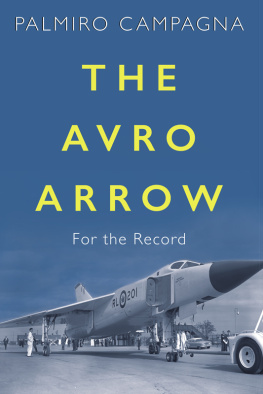
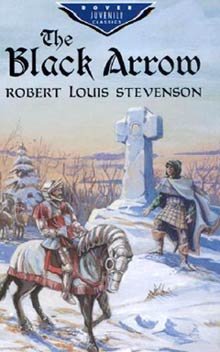
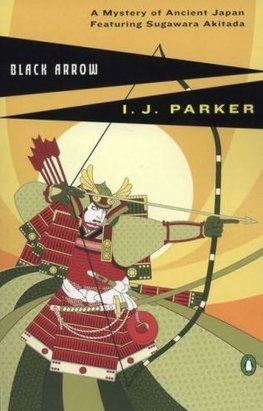



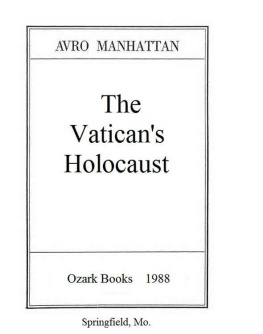
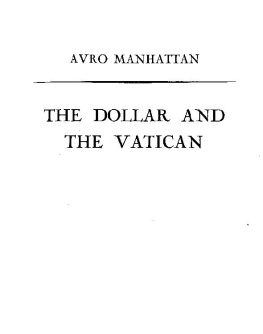

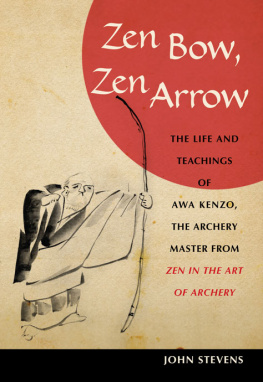
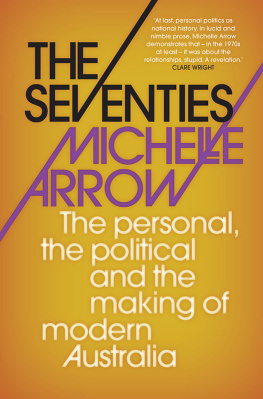




 dundurn.com
dundurn.com @dundurnpress
@dundurnpress dundurnpress
dundurnpress dundurnpress
dundurnpress